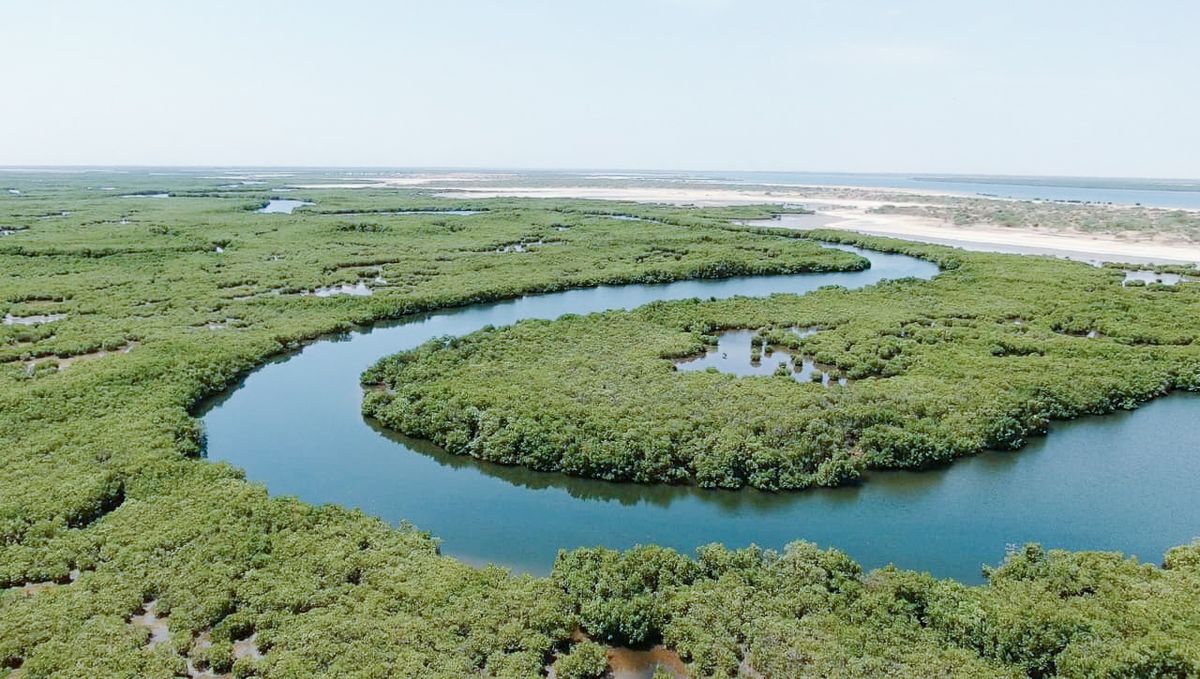
Wetlands are some of the most fascinating and vital ecosystems on our planet. Wetlands are areas where water covers the soil, either permanently or seasonally. They serve as natural water filters, flood protectors, and habitats for countless species. Did you know that wetlands can store up to 50 times more carbon than tropical rainforests? This makes them crucial in the fight against climate change. From marshes and swamps to bogs and fens, each type of wetland has unique characteristics and benefits. Whether you're a student, nature enthusiast, or just curious, these 29 facts about wetlands will give you a deeper appreciation for these incredible natural wonders.
What Are Wetlands?
Wetlands are unique ecosystems where water meets land. They can be found all over the world and play a crucial role in maintaining environmental balance. Let's dive into some fascinating facts about these vital habitats.
-
Wetlands are areas where water covers the soil or is present either at or near the surface of the soil all year or for varying periods of time during the year.
-
They can be freshwater, brackish, or saltwater, depending on their location and the water source.
-
Wetlands are often referred to as the "kidneys of the Earth" because they filter pollutants from water.
-
They provide a habitat for a diverse range of plant and animal species, many of which are specially adapted to live in these conditions.
Types of Wetlands
Wetlands come in various forms, each with its unique characteristics and ecological importance. Here are some of the main types:
-
Marshes are wetlands dominated by herbaceous plants like grasses, reeds, and sedges.
-
Swamps are wetlands characterized by the presence of woody plants such as trees and shrubs.
-
Bogs are acidic wetlands that accumulate peat, a deposit of dead plant material, often mosses.
-
Fens are similar to bogs but are less acidic and receive water from sources other than precipitation, such as groundwater.
Importance of Wetlands
Wetlands are not just pretty landscapes; they serve several essential functions that benefit both the environment and humans.
-
Wetlands act as natural water purifiers, filtering out pollutants and sediments from water.
-
They help in flood control by absorbing excess rainwater and slowly releasing it, reducing the risk of floods.
-
Wetlands store carbon, helping to mitigate climate change by trapping carbon dioxide in their plant biomass and soil.
-
They provide critical habitat for many species, including migratory birds, fish, and amphibians.
Threats to Wetlands
Despite their importance, wetlands face numerous threats that endanger their existence and the benefits they provide.
-
Urban development often leads to the draining and filling of wetlands for construction purposes.
-
Pollution from agricultural runoff, industrial waste, and sewage can degrade water quality in wetlands.
-
Climate change poses a significant threat by altering precipitation patterns and increasing the frequency of extreme weather events.
-
Invasive species can outcompete native plants and animals, disrupting the delicate balance of wetland ecosystems.
Conservation Efforts
Efforts to protect and restore wetlands are crucial for maintaining their ecological functions and the services they provide.
-
Many countries have established laws and regulations to protect wetlands from destruction and pollution.
-
International agreements like the Ramsar Convention aim to promote the conservation and sustainable use of wetlands worldwide.
-
Wetland restoration projects involve activities such as replanting native vegetation, removing invasive species, and reestablishing natural water flow patterns.
-
Community involvement and education are essential for raising awareness about the importance of wetlands and encouraging conservation efforts.
Interesting Wetland Facts
Wetlands are full of surprises and interesting tidbits that highlight their uniqueness and importance.
-
The Everglades in Florida is the largest subtropical wetland in North America, covering about 1.5 million acres.
-
Peatlands, a type of wetland, store more carbon than all the world's forests combined.
-
Wetlands are home to some of the world's most endangered species, including the Siberian crane and the Javan rhino.
-
Mangrove swamps, found in tropical and subtropical regions, protect coastlines from erosion and storm surges.
Wetlands Around the World
Wetlands can be found on every continent except Antarctica, each with its unique features and significance.
-
The Pantanal in South America is the world's largest tropical wetland, spanning Brazil, Bolivia, and Paraguay.
-
The Okavango Delta in Botswana is a vast inland delta that supports a rich diversity of wildlife, including elephants, lions, and hippos.
-
The Sundarbans in India and Bangladesh is the largest mangrove forest in the world and a UNESCO World Heritage Site.
-
The Camargue in France is a wetland region known for its flamingos, wild horses, and rice paddies.
-
The Kakadu National Park in Australia contains extensive wetlands that are home to saltwater crocodiles and numerous bird species.
Wetlands: Nature's Hidden Gems
Wetlands are more than just soggy patches of land. They play a crucial role in maintaining our planet's health. These ecosystems act as natural water filters, flood protectors, and habitats for countless species. They store carbon, helping combat climate change. Despite their importance, wetlands face threats from human activities like agriculture, urban development, and pollution. Protecting these areas is essential for biodiversity and our own well-being. Simple actions like supporting conservation efforts, reducing pollution, and spreading awareness can make a big difference. Next time you see a wetland, remember its hidden value and the vital role it plays in our environment. Let's work together to ensure these natural treasures continue to thrive for future generations.
Was this page helpful?
Our commitment to delivering trustworthy and engaging content is at the heart of what we do. Each fact on our site is contributed by real users like you, bringing a wealth of diverse insights and information. To ensure the highest standards of accuracy and reliability, our dedicated editors meticulously review each submission. This process guarantees that the facts we share are not only fascinating but also credible. Trust in our commitment to quality and authenticity as you explore and learn with us.
